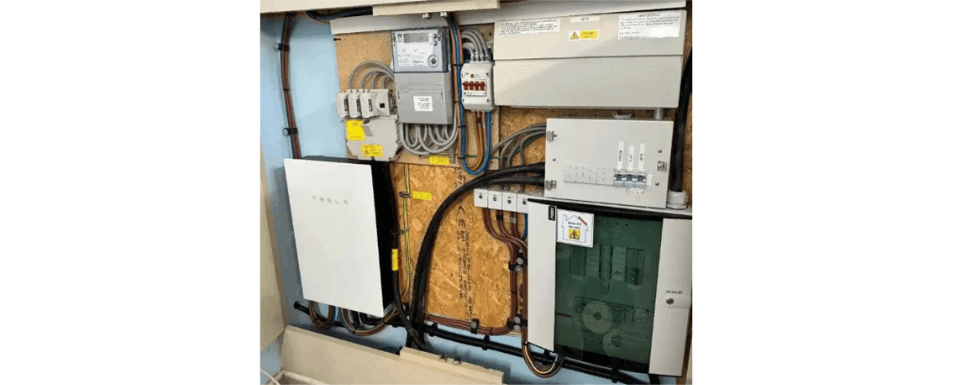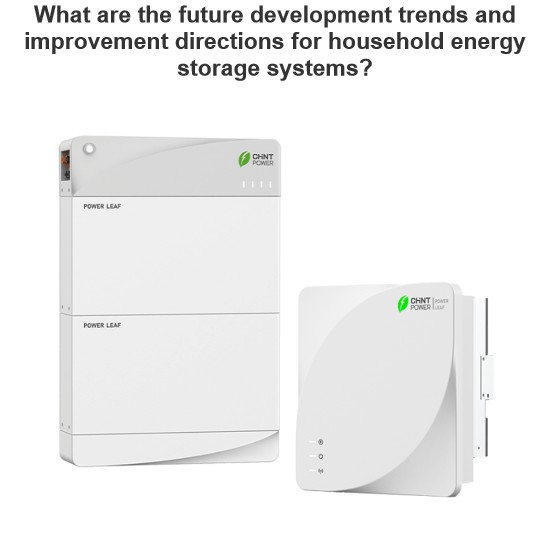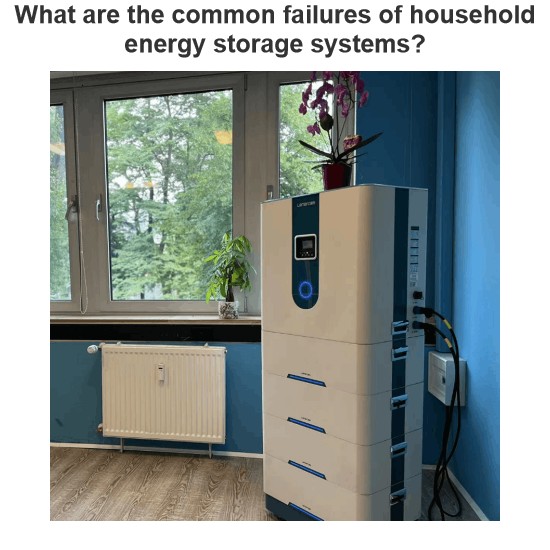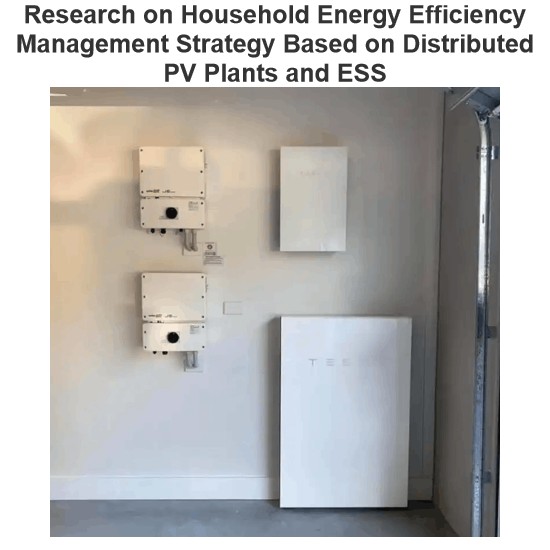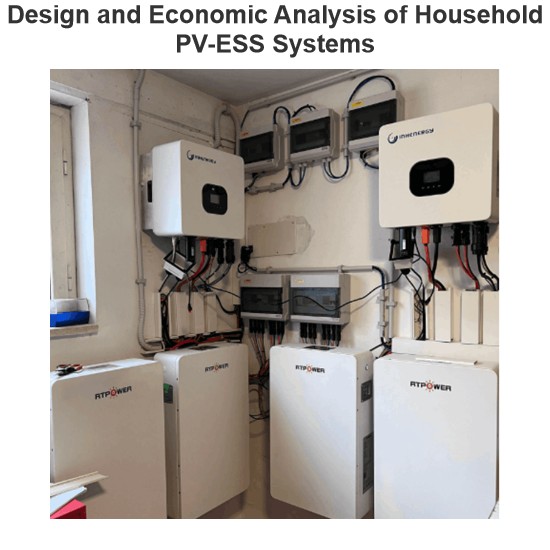1. Environmental Impact on System Stability
Environmental factors are critical external variables affecting the stability of household energy storage systems, encompassing temperature, humidity, physical damage, and electromagnetic interference. Temperature fluctuations pose the primary threat: high temperatures accelerate battery aging (research shows that every 10°C increase in ambient temperature doubles capacity decay), while low temperatures (e.g., below 0°C) reduce discharge capacity by over 30%. For instance, in summer heat, a household system’s battery temperature may exceed 45°C, triggering BMS protection to limit charging/discharging power, directly impacting system availability.
Humidity and condensation pose another major hazard. High-humidity environments can corrode electrical connections or cause short-circuits, while condensation on circuit boards degrades insulation and interferes with signals. In accordance with VDE-AR-E 2510-50 standards, systems must have moisture-resistant designs (with relative humidity ≤95% and no condensation). In coastal regions, salt spray corrosion is especially detrimental—one brand's energy storage system developed communication port failures after a year of use, triggering Alarm 3013 ("Abnormal Communication with Energy Storage Battery Expansion Module").
Physical damage includes crushing, penetration, and vibration. Improper installation or impacts can deform enclosures, damage internal components, or loosen connections. NFPA855 mandates secure installations to prevent mechanical damage. In one case, a system damaged by a child’s impact suffered loose wiring, leading to short - circuits.
Electromagnetic interference (EMI) is escalating in smart homes. Wi - Fi, Bluetooth, and other 2.4GHz devices can disrupt communication modules and control circuits (EMI increases bit error rates by 5–10x in dense wireless environments). High - voltage lines and motors also generate interference. For example, a system installed near a microwave oven experienced control signal anomalies, causing charging/discharging errors.
2. Fault Prevention and Maintenance Strategies
Effective strategies are vital to address common faults in household energy storage systems:
- Regular Inspections:Routine checks form the foundation of prevention, including visual inspections, connection verifications, and performance monitoring. Industry recommendations suggest monthly visual checks for enclosure damage, leaks, and loose/oxidized connections. As advised by Dongguan Qianzheng New Energy, faulty battery connections should be tightened or replaced promptly to ensure reliability.
- BMS Maintenance and Upgrades:BMS maintenance is core to system stability. Regular firmware updates optimize algorithms and fix bugs—Huawei’s documentation shows upgrades improve fault diagnosis accuracy. One brand reduced SOC estimation error from ±5% to ±2% via firmware updates, mitigating over - charging/discharging risks.
- Environmental Control:Environmental optimization extends system lifespan. Install systems in well - ventilated, temperature - controlled areas, avoiding direct sunlight and humidity. NFPA855 requires installations away from dust and corrosive gases, with forced cooling in enclosed spaces. A garage - installed system reduced battery temperatures from 45°C to 32°C with added ventilation, significantly extending battery life.
- Standardized Fault Handling:A structured diagnostic process ensures reliability. When alarms occur (e.g., Huawei’s Alarm 3013), follow documented steps to check communication cables, ports, and power modules. Industry best practices emphasize “diagnose before repair” using professional tools to avoid exacerbating issues.

